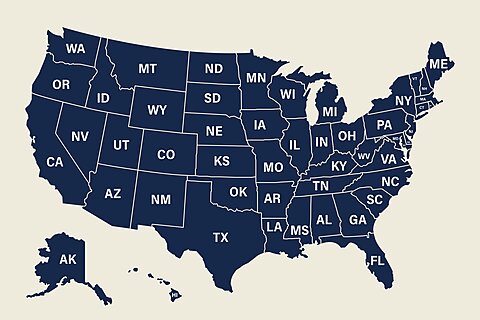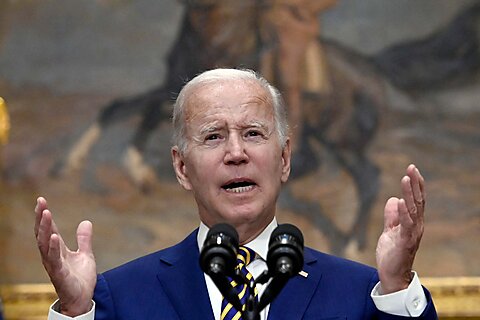Some members of Congress believe that US servicemembers suffer from an excess of choice in the boots they use—and they’ve got the solution.
Last month saw the introduction of the Better Outfitting Our Troops (BOOTS) Act, a bill that would prohibit servicemembers from using “optional boots” manufactured outside the United States or without US materials. While presented as a means of ensuring footwear quality, the legislation appears more concerned with the welfare of US bootmakers—and one manufacturer in particular—than those in uniform.
A comfortable pair of boots is essential for members of the armed forces. But those issued by the military are not necessarily the best fit for each person’s feet. To accommodate individual needs (for example, those with wider feet), the military permits the use of so‐called “optional boots” (defined on page 122 here) purchased from retailers that meet military specifications. It’s an approach that enables those in the armed forces to find the best‐fitting footwear while ensuring that standards are met.
That ability to find comfortable footwear, however, would become more difficult if the BOOTS Act is passed.
Introduced by Representatives Nikki Budzinski (D‑IL), Mike Bost (R‑IL), and Rick Crawford (R‑AR), the bill restricts optional boots to those manufactured in the United States with domestic materials and components. Although the legislation’s sponsors claim the measure seeks to promote safety, it’s unclear how reducing servicemembers’ options in selecting footwear advances that goal. Indeed, the opposite seems a more likely outcome.
So why was the bill written? A press release announcing the BOOTS Act holds some clues.
Beyond emphasizing safety, the announcement warns that foreign manufacturers have “taken over the market for Army soldier footwear” (“taking over a market” is protectionist‐speak for providing a valued good or service at an affordable price). The BOOTS Act’s passage, it adds, would “support domestic military footwear production at places like the Belleville Shoe Manufacturing Company”—a manufacturer with facilities in or near the bill’s sponsor’s districts.
It’s difficult not to conclude that driving business to the company, one highly reliant on government contracts touted by Bost and Budzinski, is a primary motivation for the bill. Even, it seems, if that means members of the armed services are left with fewer choices in critical footwear—choices they like as evidenced by the fact that manufacturers not compliant with the BOOTS Act dominate the market.
Although the BOOTS Act’s fate is uncertain, its passage would be only the latest example of Congress engaging in self‐serving protectionism at the military’s expense.
The 2017 National Defense Authorization Act (NDAA), for example, reduced servicemembers’ choice of athletic shoes by requiring that such footwear be American‐made. With the military providing $180 million in allowances for those in uniform to buy athletic shoes between 2002 and 2014, firms positioned to meet the restrictions were elated. Shoe manufacturer New Balance said the new rules could increase its annual sales by 250,000 sneakers—not a bad return on the firm’s $500,000 lobbying push for the change.
As with the BOOTS Act, the bill was championed by members of Congress whose districts included companies that stood to gain from the change. Such considerations trumped the fact that Department of Defense officials had previously argued servicemembers should have a variety of brands to choose from to find the most appropriate shoes.
Similarly, the 2020 NDAA mandated that the military purchase 100 percent domestically produced stainless steel flatware. Unsurprisingly, the language was championed by a member of Congress whose district was home to the only manufacturer able to meet the new requirements.
The benefit to companies that produce goods compliant with such protectionism is obvious. The upside to the military from reduced choice and competition, however, is less apparent.
Indeed, former Rep. Mac Thornberry (R‑TX)—ranking member on the House Armed Services Committee when the flatware restriction was added—blasted the measure for its lack of a national security justification and hurting US troops.
Yet the language passed.
Congress has repeatedly given greater weight to the desires of special interests than the military’s needs when evaluating protectionist measures. Let’s hope it doesn’t make the same mistake again with the BOOTS Act.









